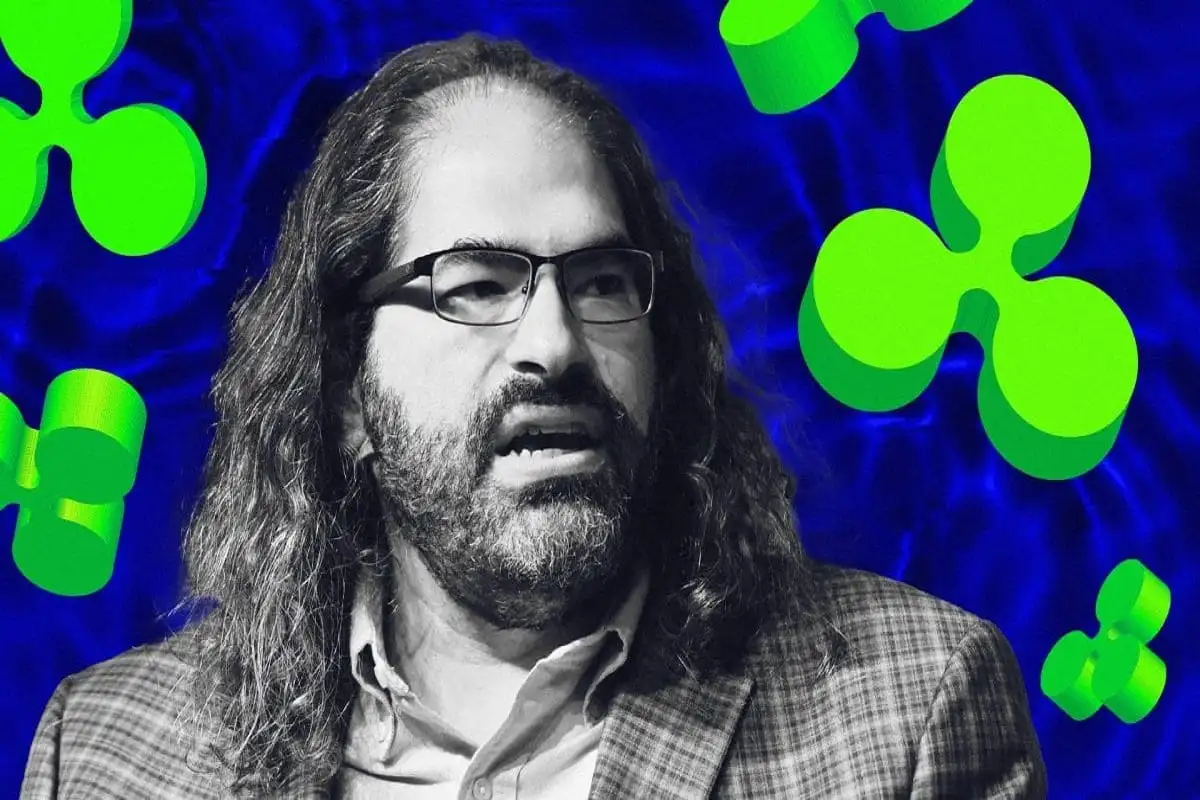- Ripple CTO says blockchain adoption growing as XRPL retains lead.
- XRPL offers public network with optional permissioned institutional features.
- Debate over decentralization continues amid increasing blockchain competition worldwide.
According to David Schwartz, chief technology officer at Ripple, the blockchain sector is seeing growing participation from major players in payments and stablecoins. In a recent social media post, Schwartz commented that the crypto tent is getting bigger, saying the fact that more firms are creating their own blockchains is indicative of a move toward blockchain being considered as core financial infrastructure.
Schwartz pointed out that the XRP Ledger has made significant milestones in the last 13 years. He stated that the network is battle-tested, upgraded, and enhanced for more than 10 years, which translates to its traction and adoption in real-life situations.
Also Read: 900,000,000 XRP Whale Movement Triggers Massive Upside Possibility
Public Network With Optional Permissioned Features
According to Schwartz, the XRPL is a public, permissionless blockchain that also incorporates optional permissioned functions. He proposed that this combination makes it different from other networks, which only use permissioned sets of validators.
The Ripple executive again stated that it does not own the ledger; it only runs a few percent of its validators. Nevertheless, critics have already noted that most other validators are associated with Ripple, either as parent companies, universities, or organizations.
Ongoing Debate Over Decentralization
Schwartz also pointed out that the discussion about decentralization versus centralization remains active in the blockchain community. He insisted that the design of the XRPL was balanced so that it could open up participation but also allow the features that some regulated institutions might need.
Through the emphasis on the network history and adoption, Schwartz framed the XRPL as a tested platform in a fast-growing blockchain environment of institutional adoption.
The remarks made by Schwartz are part of a wider movement whereby conventional financial institutions adopt blockchain as a strategic component of payment and settlement systems.
His remarks suggest that Ripple sees the XRPL’s history and technical flexibility as advantages in a market where competition and experimentation continue to accelerate.
Also Read: Stellar (XLM) Poised for Breakout as Chart Mirrors XRP’s Past Bullish Surge

